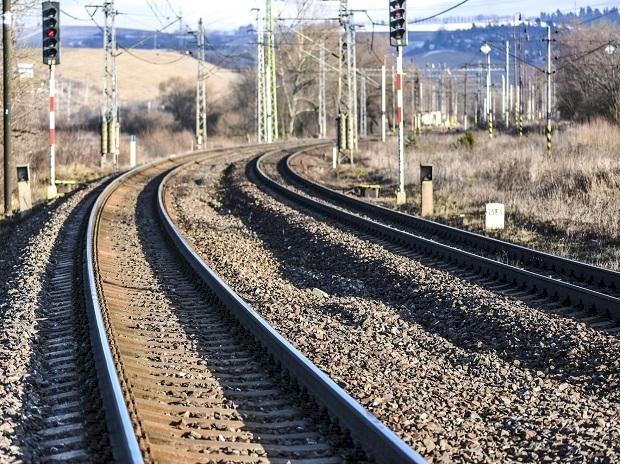New technology of zinc-coated rail track to be used by Indian Railways
Railway requires about 120,000 tonnes of zinc every year for 1000 km rail track

To increase safety and performance, mainly in the corrosion-prone coastal areas, the Railway Board has given the go-ahead for using zinc-coated rails. The demand will be for about 1,000 kilometers track or about 120,000 tonnes of zinc every year. The ideal life of rail track is about 12 years, but due to corrosion issues, rail tracks need to be replaced every two years.
Research Design and Standards Organization (RDSO), the railway research arm, has issued a specification for zinc aluminum metallization coating. After consulting the International Zinc Association (IZA), these specifications were prepared, and other industry stakeholders. Zinc is used to coat steel to overcome corrosion, even when a mark or cut exposes steel to air or moisture.
Rahul Sharma, director at International Zinc Association (IZA), Due to corrosion, the railways experiences huge losses annually. And also, corrosion poses a threat to passenger safety and impacts daily travel since a train’s speed is decreased. This affects performance.
There were 59 significant train accidents in the year 2018-19, according to the annual report of railways for FY19, compared to 72 accidents in 2017-18.
According to railways, train accidents for a million train kilometers, a vital index of safety, has reduced to 0.05 during the year 2018-19 as compared to 0.06 in 2017-18.
Worldwide, London’s Tube and French railway grids are already using this advanced technology in their corrosion-prone areas. Following the worldwide example, the Indian Railways, too, is concentrating on utilizing the new advanced technology in the rail track. The railway track renewal work has improved its pace in the last few years. In 2018-19, 4,181 km of track was renewed, while 3,872 km rail tracks have been laid till January 2020 against a target of 3,900 km for 2019-20.
Whereas the Indian Railways had earlier acquired rail track from SAIL only, now both the state-owned company and Jindal Steel & Power supply rails. The railways have placed a 2,000-tonne zinc-coated rails order with SAIL. It also intends to introduce this facility in one of its workshops in Sabarmati (near Ahmedabad), which will be the center for the bullet train’s maintenance yard.
Currently, SAIL is providing the new specification rails at its Bhilai plant in Chhattisgarh.
The use of a zinc coat does not increase the cost considerably. While the IZA is supplying this technology to the railways for free, the cost involved in making the new zinc-coated rails is less than 10 percent of the cost of steel used by railways to make rails.
International Zinc Association (IZA), being associated with the World Bank and UNICEF, does not face a lack of funding and extensively invests in research and development (R&D) to bring new technologies to the industry. The association also does not have a cap on its annual R&D budget.






























